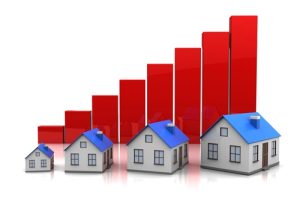
When considering retirement strategies, understanding how a reverse mortgage can benefit you is essential. A reverse mortgage can provide flexibility and financial support, especially for those looking to enhance their retirement plans.
However, it’s important to know the different ways you can access these funds to best fit your needs. Whether you prefer a lump sum, monthly payments, or a line of credit, each option comes with unique features that could align with your financial goals.
Reverse Mortgage Lump Sum Payout: Immediate Access to Funds
One popular option for receiving reverse mortgage funds is the lump sum payout. It provides you with a single upfront payment. This can be especially useful if you need to pay off existing debts or plan significant expenditures. Additionally, this method comes with a fixed interest rate, offering stability in terms of repayment.
However, keep in mind that interest and fees apply to the full amount drawn at closing. The lump sum option provides immediate access to cash. But, it may not be suitable for everyone in Columbia SC, particularly those who want to spread their funds over time.
Read More Understanding Your Reverse Mortgage Payout Options





 When homeowners look to tap into their home equity, two common options often come to mind: a traditional home equity loan and a reverse mortgage. While both can help access funds tied up in your home, they serve different purposes and cater to distinct financial needs.
When homeowners look to tap into their home equity, two common options often come to mind: a traditional home equity loan and a reverse mortgage. While both can help access funds tied up in your home, they serve different purposes and cater to distinct financial needs.


